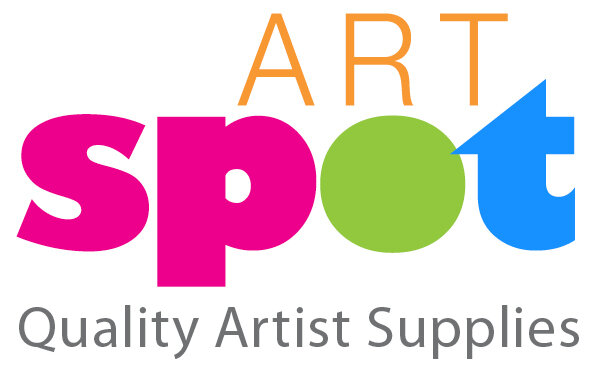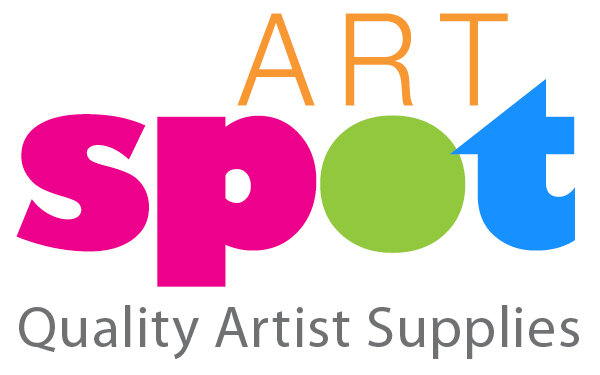What even is graphite?
Where did it come from? What do we do with it now that it’s here?
Pencils are ubiquitous in the arts for good reason
Where did they all come from??
I doubt I’ve ever met someone who has never held a bright yellow, No.2 pencil. Probably a Ticonderoga, named after a spot in New York where graphite was processed back in the day. The graphite came from Lead Mountain in Maine(1), but there’s no elemental lead to be found anywhere in a pencil(2). But the Ticonderoga pencils mostly come from Mexico(3) now, and it’s a lot of information and we haven’t even started talking about war yet. And what does any of this actually have to do with lead?
So let’s roll back to answer this lead question. Way back to when information was even more muddled and less reliable than today. There’s some accounts(4) that in Roman times, scribes would use a stylus made of lead to make various marks. However, historians of the time were less interested in the mundanities of everyday life and bureaucracy than they were in military and political epics. What I consider to be a somewhat more credible source comes from the 1500s in England. After a storm, some folks happened upon strange, dark material clinging to the roots of a fallen tree. The material was initially misidentified as lead(5), but in fact the tree had grown atop the largest, purest deposit of graphite ever found. England was first in the European pencil-making business completely by accident.
Pencils rock. You can do practically anything with them worth doing, and their utility as both writing and artistic instruments were quickly apparent. My classmates joked in middle school that NASA had spent millions to develop a pen that would work in zero gravity whereas the Kosmonauts simply used a pencil to record information(6). As graphite became more widely available, pencils outperformed the various metalpoint art techniques(7) that had been practiced for centuries in Europe.
Do not run around with sharpened pencils. A portrait of Nicolaus-Jacque (1755-1805)
So now we come to war, blockades, and a mostly-unsuccessful balloonist named Conté(8). In the midst of the Napoleonic Wars in the late 1700s and early 1800s, Britain was less interested in trading their super pure and excellent graphite with their continental rival. You know how math teachers won’t accept work unless it’s in pencil because only a madman works in ink? It’s the same idea. The necessity to turn in their math homework and anti-British artillery calculations drove Nicolas-Jacques Conté to mix more widely available graphite powder with clay and water(9). This could be dried in a kiln, encased in wood for strength, and became the model for our modern concept of a pencil. A similar method was in use by Joseph Hardmuth and the Koh-I-Noor company, who patented the process and developed the grading system of H’s and B’s we still use today(10). Companies like Hardmuth, Conté, and Derwent all date back to around this period and are still in existence today!
I always tell people that almost every other kind of visual art is built atop drawing skills(11). Working with pencils may not be as sexy as jumping straight to painting or pastels, but I can guarantee it’s hard to find a good drawing pencil for more than four dollars(12). It’s nearly impossible to find paints, brushes, and an appropriate working surface for anything close to that. Coincidentally, any of the great painters I know are also brilliant with a pencil. In the field of art where technique and style are developed through repetition(13), it pays not to spend a fortune developing your fundamental skills. Besides, how could anyone say that a pencil is anything less than extraordinary?
(1) Or maybe somewhere in Massachusetts? I wasn’t really expecting to have my research in the history of graphite pencil production to feel more like I was researching the enigmatic roots of a mythology. Maybe I’m the weird one for thinking pencil-history is cool enough to be worth it, and if you think that’s the case then maybe skip this blog.
(2) Thank goodness, honestly. I found some sources that lead may have been present in some pencils until as late as when consumer lead use was mostly banned in the US (1978). While I don’t support lead poisoning for babies, artists do genuinely miss lead white. If we can have it back, we promise to not put paintings in our mouths and not use it on walls and toys.
(3) I don’t intend to bad-talk Mexican production. Dixon-Ticonderoga pencils are perfectly average, and really I’m mostly salty about Prismacolor’s drop in quality after outsourcing production to any factory with reduced tests of quality.
(4) Or no citable accounts insofar as I could find. People write about it but never conclusively. I do love a good historical anecdote though, especially if it confirms what I already think I know.
(5) To be honest, my knowledge of chemistry is maybe about as strong as that of an educated peasant in the 16th century. If I found a strange, dark material in the dirt I might just assume it’s dirt. Not a historically impactful mineral deposit.
(6) I have no comment on what they might have done to mitigate the loose eraser dust floating around the spacious interior of a Soyuz space capsule. Maybe they used a kneaded eraser.
(7) Namely silverpoint drawings. If you think art supplies are expensive today, I can assure you that it’s cheaper than buying silver rods.
(8) To quote Al-Jabarti’s thoughts on Conte’s disappointing ballooning incident in Cairo in 1798: “Their claim that this apparatus is like a vessel in which people sit and travel to other countries in order to discover news and other falsifications did not appear to be true.” Still, the guy knew more about it than I do. Probably.
(9) British graphite was sawn from blocks, which created a lot of unusable powder as waste unusable until 1838 when Henry Bessemer invented a compression technique that is still used. Why compress when you can have a nice slurry of carbon and clay though?
(10) When I was little I thought the H stood for hard because it was harder and made a lighter line. The softer B rating was a mystery. Bsoft? In fact the H stands for Hardmuth and the B is for Budějovice in modern day Czech Republic, where the pencils were produced after 1847. The less common rating of F stands for Franz, Joseph’s grandson.
(11) In a traditional Atelier art education it can be years before students are allowed to touch paint. The artists insane enough to make it through a machine that forges skilled artists are impossibly good at drawing.
(12) It’s not impossible though. I’m looking at you, Blackwing Volumes. You can get a functionally similar pencil for about a dollar or so less, but I contend that the cool design is worth it. Side note: if anyone can find and sell me a Volume 155: Bauhaus pencil for less than $50, please let me know. I feel like I should really get into the Blackwing-scalping business.
(13) I’ll probably do another blog post about this and try really hard not to let it devolve into a rant, but the hard work that goes into becoming a skilled artist is often attributed to natural talent. I think this is a mythology supported by people who see the understandably tedious process of practicing as impossible. Unsurprisingly, a lot of the neurologically atypical folks I know who hyperfixated on drawing since childhood are coincidentally “super talented”.



